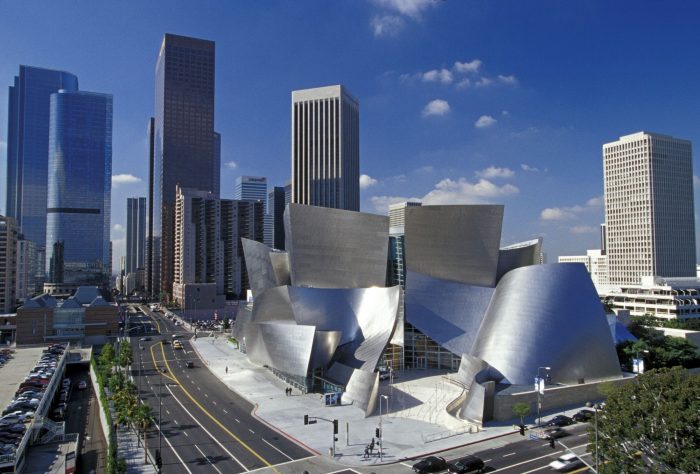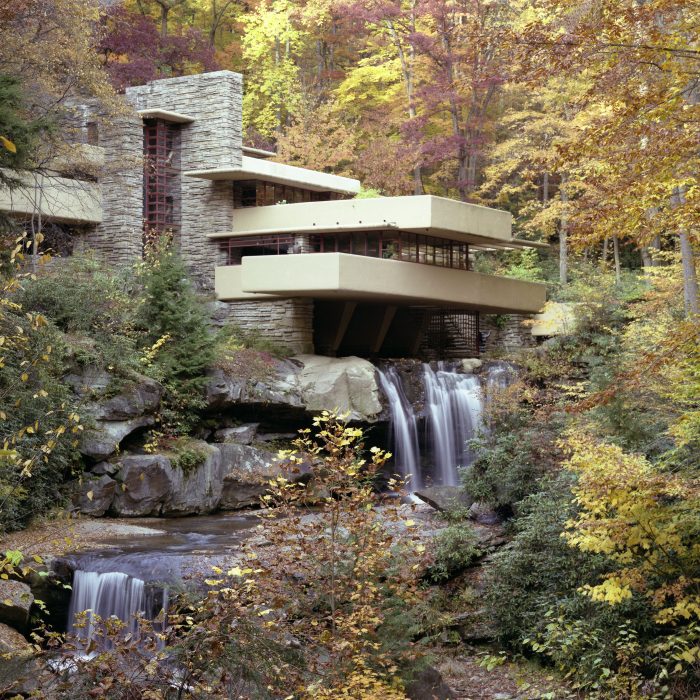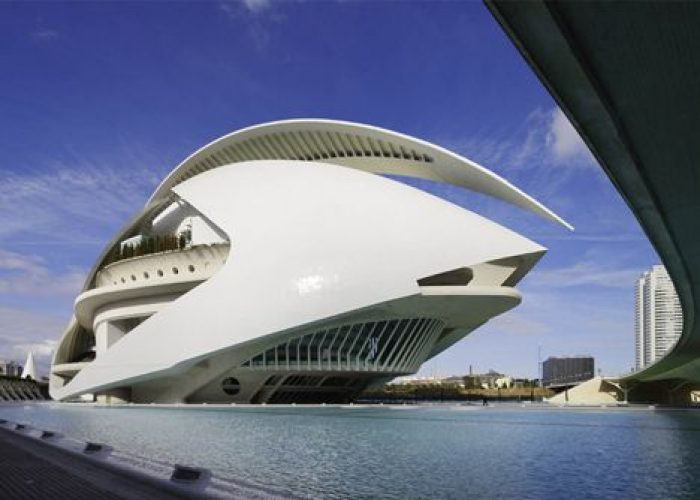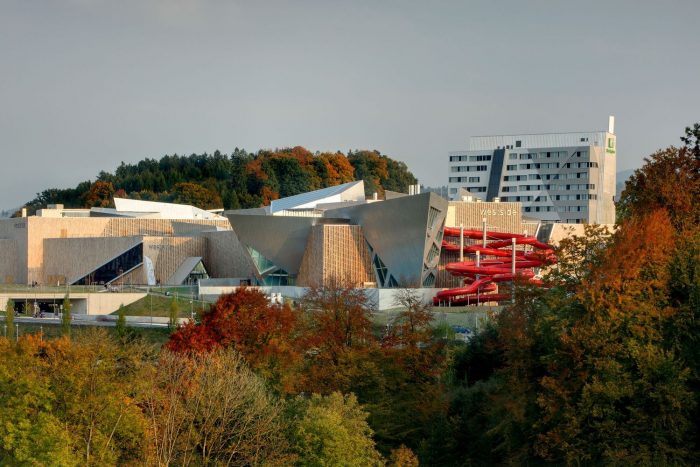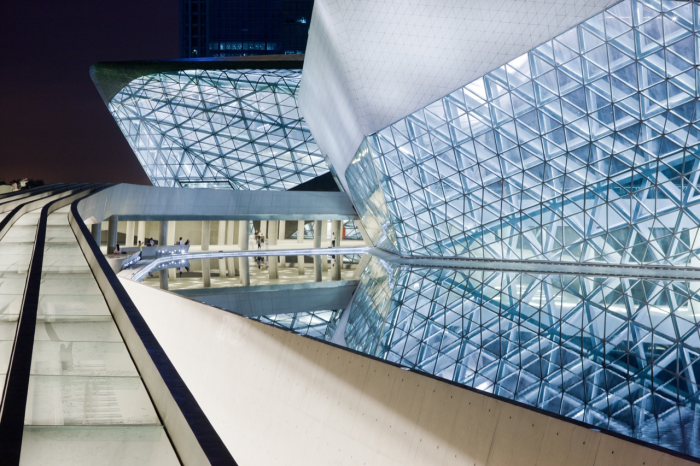5 Famous Buildings That Have Serious Architecture Failures
Nobody is perfect, and some of the world’s most famous architects are here to prove it. They have created architectural masterpieces that were So Unusual They Raised Controversy, but in other cases, the beauty faded, or in other words, failed. They should contribute to solving human problems and making architecture “Humane”.
It would seem that some architects tend to mess up on some basic yet serious flaws, on their way to creating unprecedented icons. While they believe they are achieving the closest thing to perfection, there comes the problem from the corner they would least expect. Sometimes the problem might even be one’s initiated by structural defects rather than architectural, but no one cares about the details. The building remains entitled to its designing architect, regardless if it is good or bad.
Here are Examples of Marvelous Architecture Designed by Famous Architects:
1.Walt Disney Concert Hall by Frank Gehry
Before Gehry was commissioned to design the Walt Disney Concert Hall in Los Angeles, he had designed the iconic Guggenheim Museum in Bilbao, Spain. Its lustrous titanium foldings were so attractive, that he proposed something similar for the Disney Concert Hall and it was accepted with much enthusiasm. However, sometime after the landmark was constructed, a problem that was not faced with Bilbao’s museum has surfaced. The curved metallic cladding that enveloped the concert hall was way too reflective.
The concave surfaces received the burning sun rays and reflected them to the neighboring houses, causing glare and a significant rise in temperature. The adjacent streets, also, suffered from glare which has raised risks for traffic accidents. After the problem was discovered, Gehry and his team had no option but to analyze the façade, spot the problematic panels, and sandblast them to prevent unwanted reflection.
That operation cost about $180,000. Also, The Los Angeles Philharmonic, Google Arts & Culture, and media artist Refik Anadol have partnered up to create digital art that will light up the Walt Disney Concert Hall.
2.Fallingwater by Frank Lloyd Wright
That charming house that you have heard so much praise about as a student of architecture and thought how it looked like something out of a fairy tale, well, it was not ‘magical’, and here is proof. While a house hovering above waterfalls sounds so dreamy, the modernist pioneer seemed to neglect how destructive humidity can be. The owner of the house Edgar Kauffmann faced a serious mildew problem not long after the troublesome construction process was completed. The remarkable cantilever that extends above the waterfall started deforming before the construction was over, and 50 years later there was a plain obvious 7” deflection.
Also, two large cracks showed up on the parapet of the terrace as soon as the construction framework was removed. Now the house which is kept as a museum is being restored and conserved by the Pennsylvania Conservancy. Metal trusses were added to support its failing cantilever. Regardless of all its faults, Fallingwater remains a celebrated masterpiece of modern architecture.
3.Palau de Les Arts Reina Sofia by Santiago Calatrava
The world’s highest Opera House in Valencia’s City of Arts and Sciences, is 74-meter-high, with fourteen floors above the ground and three below the ground, housing four auditoriums. Its complicated form that seems to be leaning towards one direction and the flying curve above reveal Calatrava’s distinct style. However, there has always been the argument that this very distinctive style tends to be disastrous at times, and this specific building, unfortunately, supports the argument.
The building’s first misfortune was when the performance stage of the main hall collapsed. That was followed later by water flooding the interior and ruining the electric equipment, and last but not least, the mosaics covering the roof started to fall out. After each and every one of these problems, the building had to be closed for safety issues, and the last problem had the authorities, finally, file a lawsuit against the Spanish starchitect.
4.Westside Bruennen by Daniel Libeskind
The Westside shopping and entertainment center is an urban-scale project along a major highway, leading to the city of Bern. The project was designed by Libeskind to be a landmark and a celebrated gateway to the city. Its architecture is quite remarkable, indeed, just like all the Libeskind designs that seem to be soaring into the sky with the most peculiar angles. You would wonder at his genius, but deep down you would worry that the incredible building might just fall on your head— and this sort of happened in Westside Brunnen.
The gypsum board ceiling has collapsed twice, once above a fast food outlet and the other time above an indoor swimming pool, and unfortunately, that second time has resulted in three injuries.
5.Guangzhou Opera Center by Zaha Hadid
We might need to relieve the late architect from the mistake here before we begin. Her masterpiece in the Chinese city of Guangzhou has dazzled all the viewers with ultra-modern grandeur, the intriguing geometry, and the starry-sky-like ceiling of the Opera House’s main auditorium. You have probably wished upon witnessing this delightful masterpiece to attend a concert there, but you might actually change your mind now. One year after the opening, the building has been facing a serious case of falling glass.
That is in addition to the surfacing of numerous cracks in the walls and ceilings. The problem here is probably the inappropriate choice of materials by the contractors—not entirely the architect’s fault. This might be a just predictable consequence of what might be called “mass production” in China; something that has extended to the field of construction and architecture, as well.
These are just a few examples of many other failures which prove that all those brand names that seem far from reach are after all humans. They are grounded by what ground you, and they definitely make mistakes. However, learning from these mistakes is how they come to rise.


